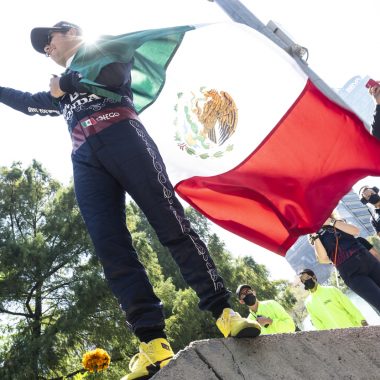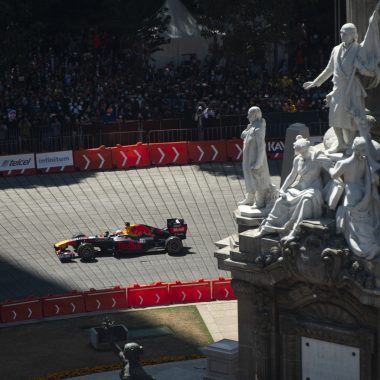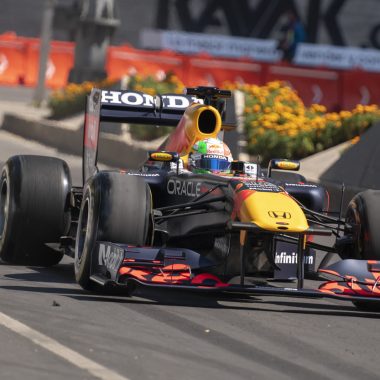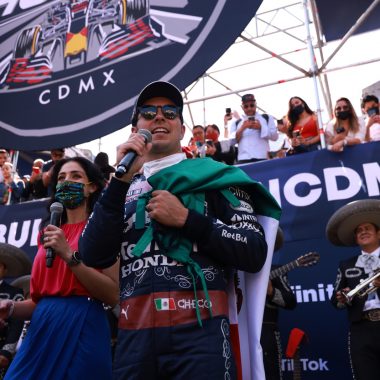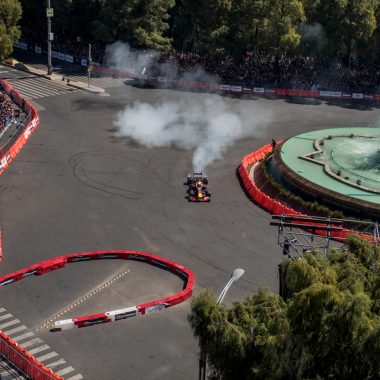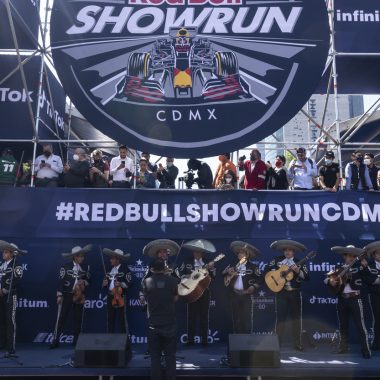The Ferrari BR20, the latest addition to the Prancing Horse’s One-Off series, was unveiled today and joins the most exclusive group in Maranello’s range: unique, absolutely bespoke cars crafted to the specifications of a client and designed as a clear expression of their own unique requirements.
Click here to subscribe to our print edition!
The BR20 is a two-seater V12 coupé developed on the GTC4Lusso platform, which in terms of its philosophy and styling approach, cleverly references the magnificent Ferrari coupés of the 1950s and 60s, without the slightest hint of nostalgia. Instead, it pulls off the challenging feat of marrying timeless elegance with muscular sportiness, effortlessly incorporating styling themes typical of some of the most iconic 12-cylinders in Ferrari history, including the 410 SA and 500 Superfast.
The GTC4Lusso’s two rear seats have been removed to add extra dynamism to the BR20’s ultra-sleek fastback line. The new car is three inches longer than the original, thanks to a specific rear overhang treatment designed to create a silhouette that beautifully emphasises its proportions. One of the cornerstones of the design process for this one-off was the radical modification made to the cabin volume. This in turn gave the design team, led by Flavio Manzoni, the freedom to conceive the innovative proportions that ultimately produced a powerful yet stylistically coherent exterior design theme.
The new cabin design solution creates the impression of a pair of arches running lengthwise from A-pillar to rear spoiler. The rear volume of the arch has been hollowed out to create an aerodynamic channel with the air outlet concealed by the black rear fascia under the spoiler. This modern take on Ferrari’s “flying buttress” theme firmly connects the car to signature Prancing Horse styling cues not just from Ferrari’s GT tradition, but also sports cars such as the 599 GTB Fiorano. To visually lighten the cabin, the black paint of the roof visually connects the windscreen to the rear screen, which stands above the surface of the rear tailgate as if to channel the airflow.















